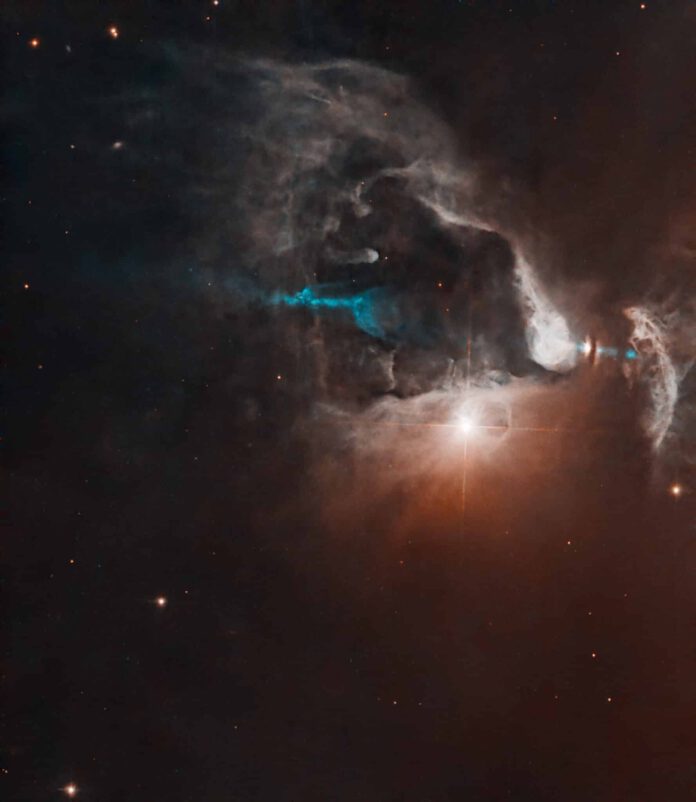
The Hubble Space Telescope Captures an Incredible Image of the FS Tau Multiple Star System
The Hubble Space Telescope has captured a magnificent image of the FS Tau multiple star system. Astonishingly young, these stars are merely 2.8 million years old, quite youthful compared to our Sun that has been shining bright for around 4.6 billion years.
FS Tau: A Classic Case of Stellar Evolution
Located a distant 450 light-years away from Earth, the multiple star system has been the subject of numerous Hubble shots due to the plethora of young stars taking birth there. It’s this steady rate of stellar births that beckons astronomers, leading to more knowledge about the evolution of stars.
T Tauri Binary Star: FS Tau A
In the center of the image, you can spot FS Tau A. This is a T Tauri binary star. A T Tauri star is a variable star in its very early stage of evolution. The star is so nascent that it has yet to engage in hydrogen fusion at its core. Despite extracting its form from an interstellar gas cloud, it has not reached the main sequence yet. For this reason, astronomers identify such celestial bodies as ‘young stellar objects’ or YSOs. The energy radiated by FS Tau A results from gravitational contraction, contrasting our Sun’s method of nuclear fusion. T Tauri stars like FS Tau A are often found in the Milky Way’s nebulae, such as the famous Orion Nebula.
FS Tau B: The Prostar in Making
Over to the right, partially veiled by a dark strain of dust, is FS Tau B, also known as Haro 6-5B. Unlike FS Tau A, it’s not yet a T Tauri star. It’s a protostar, meaning it’s still growing, fueling its growth by amassing gas.
The Chaotic Beauty of the Stellar Nursery
Enveloping these young stars is a blanket of gas and dust from their stellar nursery. As these young stars gain strength, they’ll eventually cause the nebulae to dissipate. In the meantime, we can marvel at the mesmerizing chaos of their surroundings.











